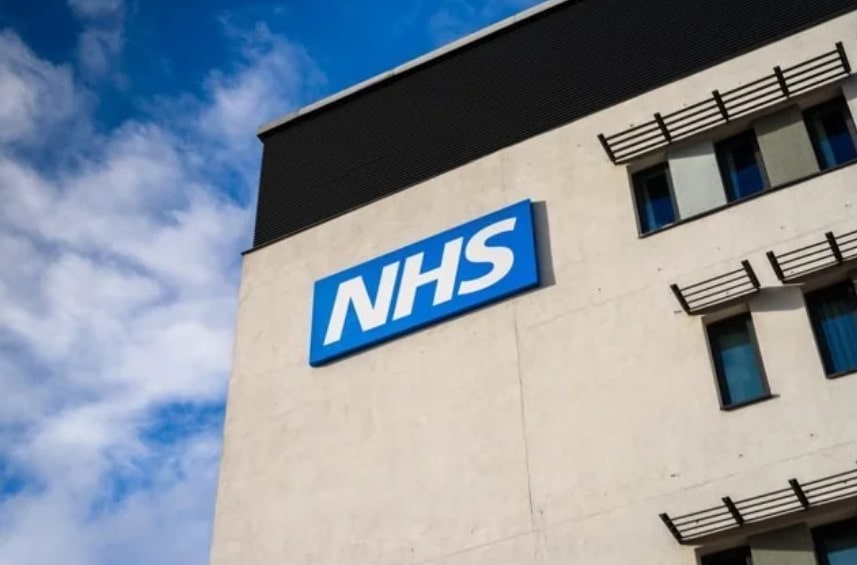NHS Urges Public to Donate Blood as Stocks Dwindle and Rare Types Needed
The NHS is sounding the alarm once again, and this time, it’s not just about low blood levels. There’s a “critical” push for donors with rare blood types, as well as the universally essential O negative, to come forward amid fears of a serious shortfall.
In a groundbreaking new initiative, the NHS has started building a reserve of ultra-rare blood types by identifying precision-matched donors through DNA testing. So far, more than 77,000 people have taken part.
This isn’t just about helping others. The move also guarantees that those who donate rare blood types will have matched supplies frozen and stored for their own future use, a lifesaving step for patients who may face dangerous reactions to mismatched transfusions.
“Blood that is a close genetic match can make all the difference,” experts have said. This is especially crucial for patients with sickle cell disorder and thalassaemia, many of whom receive regular transfusions and are at a higher risk of complications if the blood isn’t a precise match.
The NHS Blood and Transplant service (NHSBT) revealed that just under 800,000 people are currently shouldering the responsibility of supplying blood for all of England, and it simply isn’t enough.
Last month, an “amber alert” was declared due to declining stocks. Since then, the situation hasn’t improved. The threat of a “red alert”, a warning that public safety could be compromised, now looms large.
Because when there’s no blood, lives are at risk.
The NHS says it needs 200,000 new regular donors to protect the supply and ensure that hospitals can keep pace with demand. This includes donors from Black and mixed heritage communities, who are more likely to possess blood types that are vital for treating sickle cell disease.
It’s simple. It’s quick. And it could save lives. The entire process takes about an hour. When you arrive at a donation centre, you’ll be given a drink and go through a short health screening.
If all checks out, including a quick finger-prick test for iron levels, you’ll move on to donate.
Blood is drawn from your arm using a needle, and the collection stops automatically when 470ml has been donated, that’s just under a pint. A dressing is applied, and you’re done. Most people say it doesn’t hurt at all.
And the best part? You’ll walk out knowing you’ve made a real difference. Not everyone can donate, and that’s why those who can are so desperately needed.
You’ll need to be between 17 and 65, healthy, and weigh at least 7st 12lbs (50kg). But there are restrictions, people with certain health conditions, recent travel history, or specific lifestyle factors may need to delay or skip donation entirely.
For example, those with cancer, HIV, or who have received blood products since 1980 cannot donate. Recent tattoos, pregnancies, and even some holidays abroad may also mean you’ll need to postpone.
Thousands of venues across England, from mosques to sports centres and church halls, serve as donation hubs. Many are pop-up sessions; others are permanent.
To find one near you and book an appointment, simply head to the Give Blood website.
O negative is the universal donor blood, it can be given to anyone in emergencies, regardless of their blood type. Yet only 8% of the population has it.
That’s why the NHS calls it “critical”. As we head into an uncertain second half of the year, the message is simple: if you can donate, do it now. Lives may literally depend on it.






